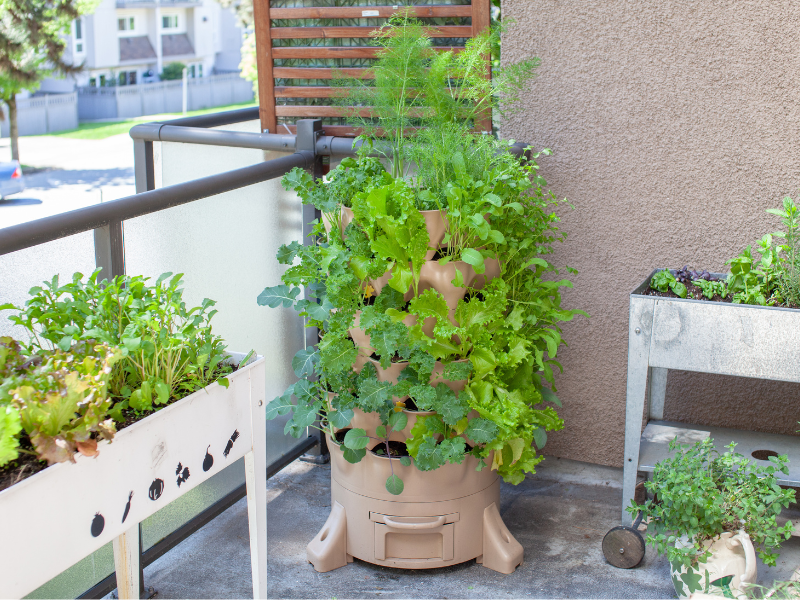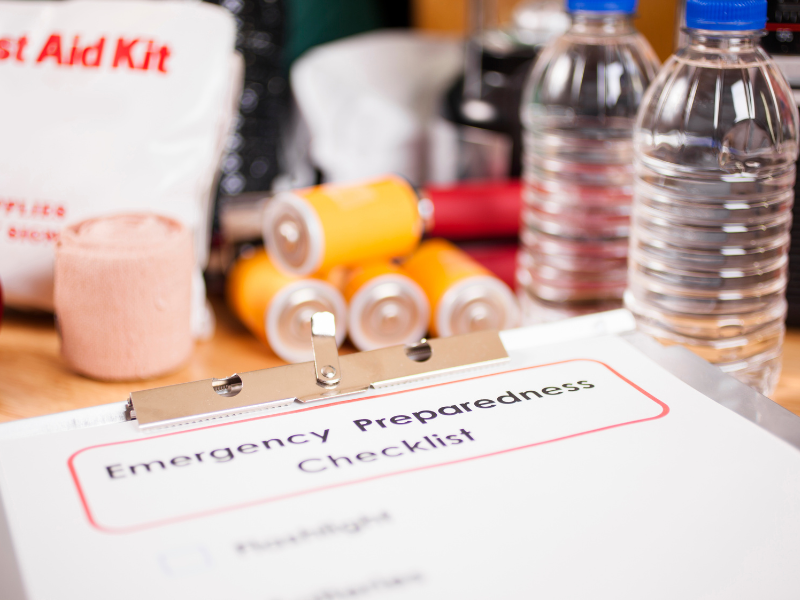In previous posts, we’ve discussed managing food storage from home, but what if you don’t live in a house? This guide is designed for those in apartments, condos, or small living spaces where dedicated emergency storage can be challenging. If you have an extra room, storage closet on a deck, or even a makeshift storage spot, this is the ideal place to begin. Here are some essential tips to help you get started on your emergency preparedness journey.
#1. The Basics of Emergency Supplies
Start by gathering the essentials for your emergency kit. Focus on foods that don’t require much cooking. For example, Saratoga Farms Pilot Bread Crackers provide 70 servings to keep you and your family nourished. It’s recommended to keep at least a 30-day supply of food. The EasyPrep Instant Favorites Food Storage Kit is another popular choice, offering 236 servings across breakfast, lunch, and dinner meals. Note that one bucket lasts about 15 days, so you may need two. Additionally, keep a first aid kit, emergency flashlight/radio, blankets, and hand warmers for comprehensive preparedness.
#2. Grow Your Own Apartment Garden
Utilize available spaces to grow your own herbs and vegetables. From window boxes to jars in unused corners, every space can contribute to your indoor garden. Whether it's a small herb setup in the hallway or a larger planter box on the porch, urban gardening makes fresh produce accessible. You can start with simple options like sprouting seeds on your windowsill or planting larger items like strawberries or carrots on a balcony.

#3. Be Creative with Storage
Space is a common challenge in smaller living areas, so creativity is key. Use under-the-bed storage, food rotation shelves, or stackable bins to maximize your space. Think beyond the obvious spots and consider hidden areas, like above the fridge, under furniture, or even in the bathtub. These “hidden locations” are essential for optimizing your storage options.
#4. Storing Water
Water storage can be challenging in a small space, as it requires a significant amount of room. The American Red Cross recommends storing one gallon of water per person per day. Consider storing water in closets, bathrooms, or other enclosed areas to keep it away from sunlight. Remember to rotate your water supply regularly to ensure freshness.
#5. The Importance of Communication
In an emergency, staying in touch with loved ones is crucial. Make sure every family member knows how to use the devices you plan to rely on and understands basic communication protocols. Keep in mind which devices can still function in case of satellite or network failures. These tools are essential not only for coordinating with your family but also for reaching the outside world if needed.
#6. Practice Your Plan
Preparation is key, but so is practice. Rehearse your emergency plan every six months, adjusting as necessary. Practicing helps ensure everyone is familiar with their roles and helps identify any potential issues before an actual emergency. With preparation, whether it’s a natural disaster or an unexpected event, you’ll be ready to face the situation with confidence.

The Ready Store offers quality products to help you stay prepared, so you can remain self-sufficient in any situation. Good luck with your preparedness journey, and remember – readiness is peace of mind!











